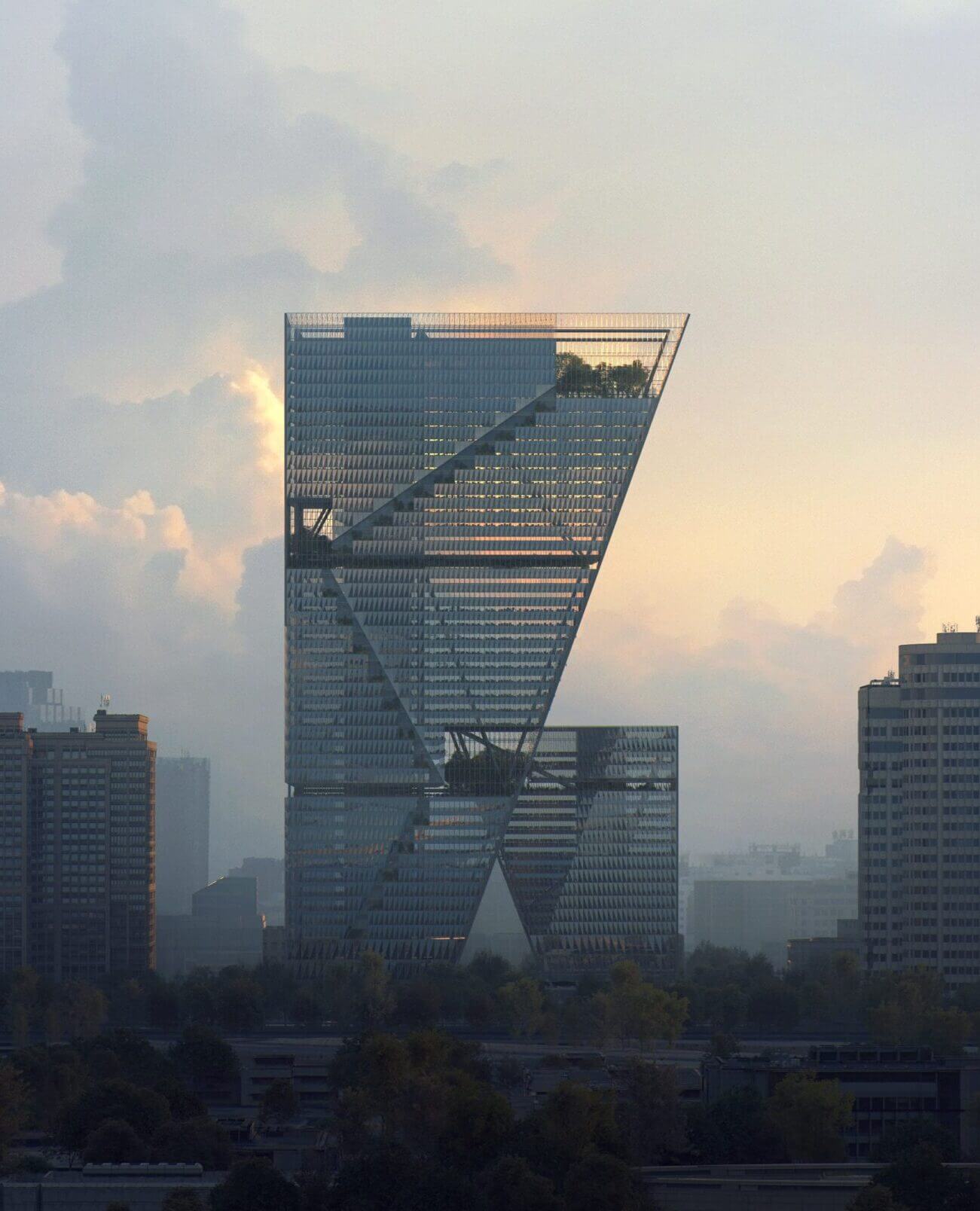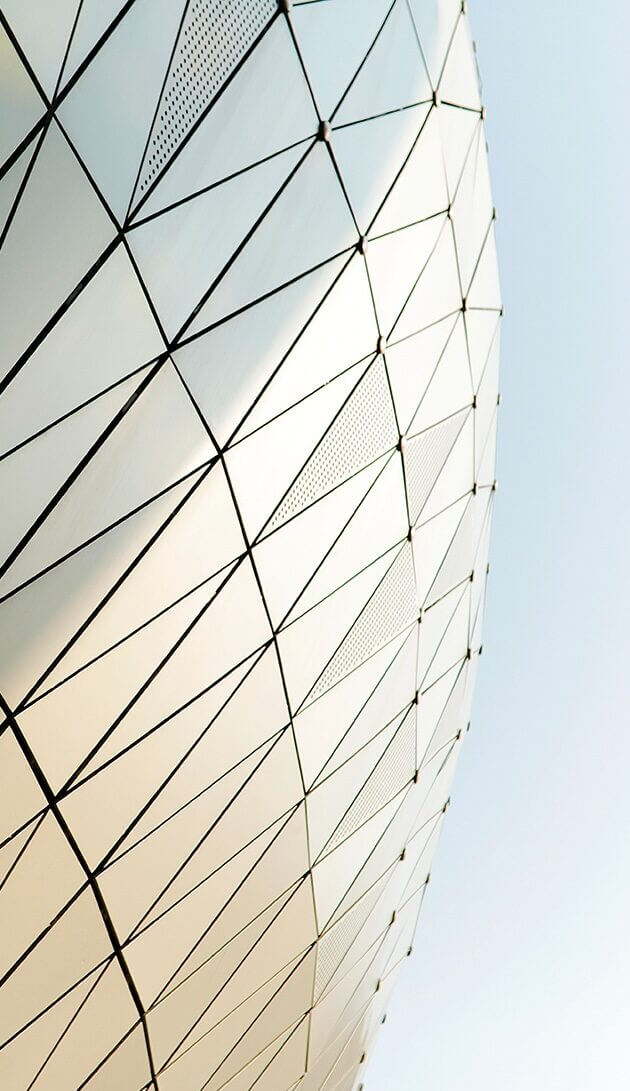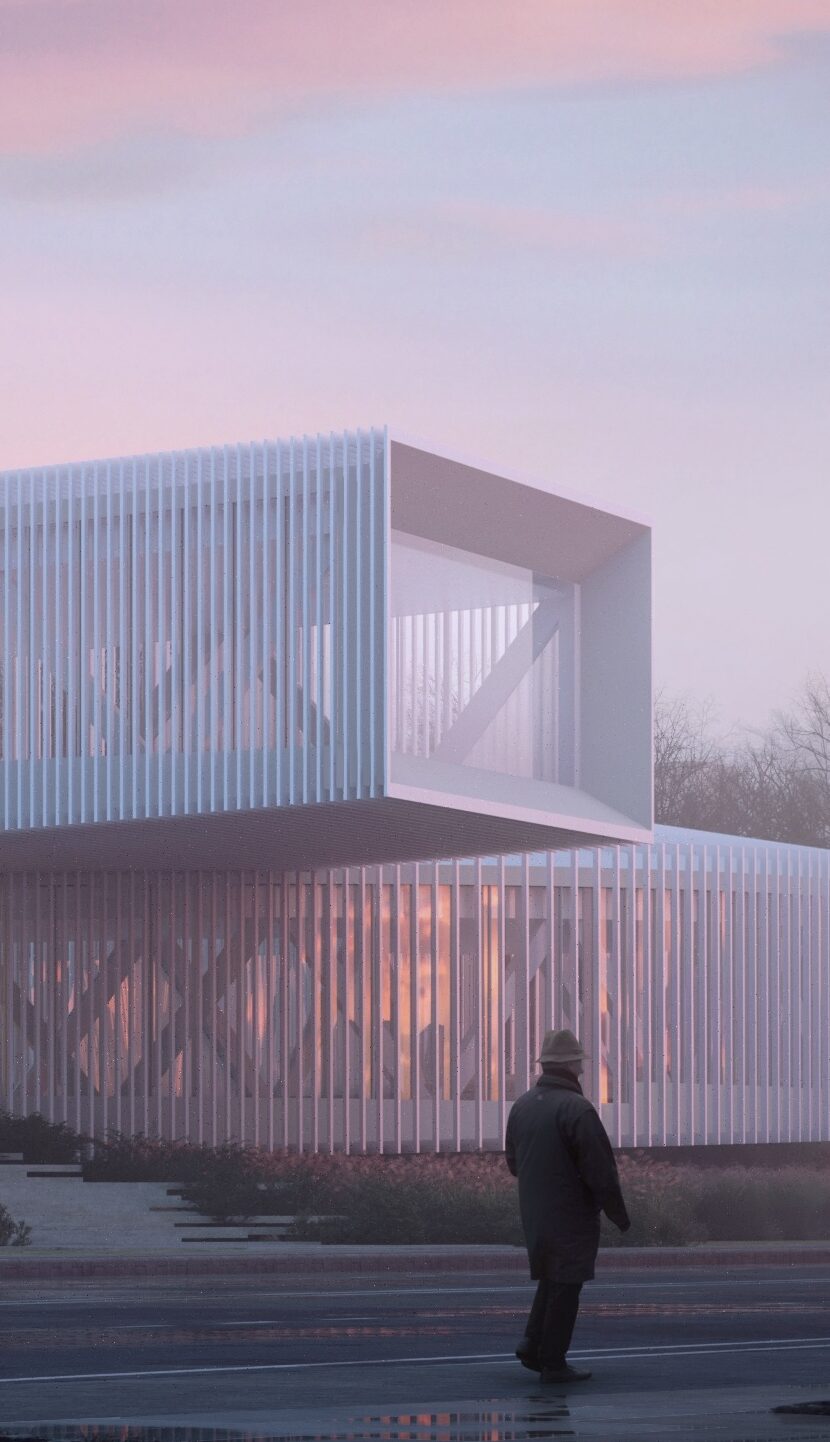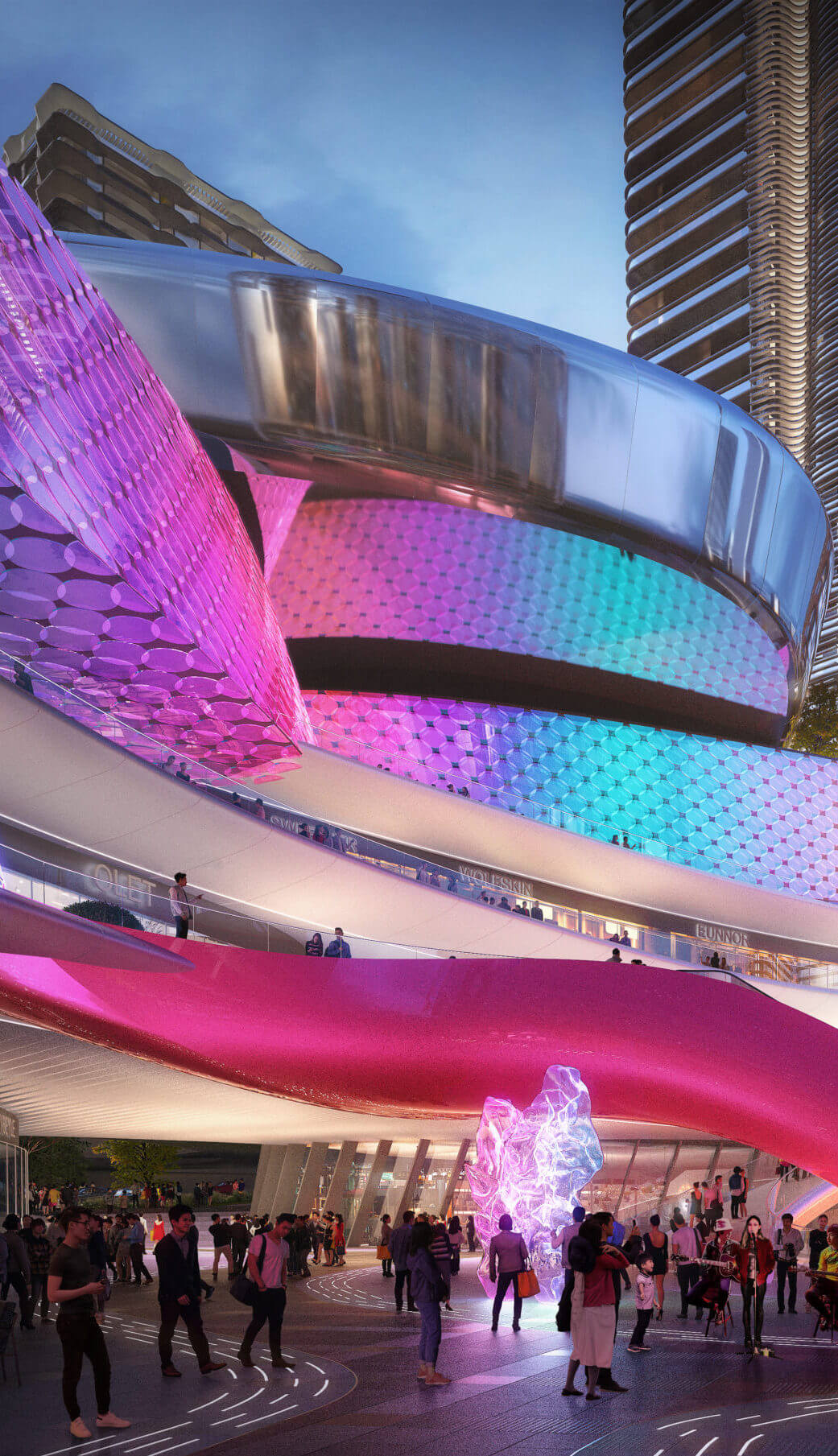
ChinaDaily article republished from Jan 2022
Under the North Metropolis Development Strategy put forward by the Hong Kong leader, a San Tin Technopole is looming on the horizon, doling out 240 hectares of land for use in innovation and technology-related projects. Though still a concept at its nascent stage, its design and planning are going on quietly in full swing.
Recently, I talked to a Hong Kong-based Franco-American architect who is involved with the city’s major property developers regarding the conceptual design for the Hong Kong-Shenzhen Innovation and Technology Park in Lok Ma Chau Loop, which is part of the technopole. Listening to Georges Hung, design director at Gensler, painting a picture of the future buildings in the park sounds like a futuristic make-believe. But on reflection, I don’t find it too futuristic to believe because the I&T park itself will be a breeding ground of trail-blazing futuristic innovations. The building complex will be a community hub of which “live, work, learn and play” are all central and integral parts.

R&D apparatus, leisure infrastructure, retails, sports facilities and open space for socializing will be brought into one multi-functional and mix-used building of about 30,000 square meters. Ten to 15 buildings will be designed along the same line, with each featuring a nuanced specialization and program density. “It’s a resilient and self-contained community” celebrating a fifteen- and twenty-minute life cycle.
Spaces throughout the building can have a makeover or be improvised for a different purpose to satisfy tenants’ needs. It’s called modular approach. It also affords a flexible indoor and outdoor connection, creating a fuzzy area between office and public space for meeting and socializing after work.

Sensorial experience for tenants at the innovation and technology hub is emphasized in the design. Hung proposed to model one of the buildings after a Rubik’s Cube to allow a flexibility to change different facades, slabs, zones and other visible elements in the building that can influence the tenants’ mood and emotion. It could be an answer to the office buildings in most urban concrete jungles, which are homogenous, stale and oppressive.
How could the purpose-built architecture benefit startups housed there?
Startups thrive on collaboration and eureka moments out of serendipitous encounters with people in the area or from other disciplines. To Hung, this is a relevant factor in the design equation. The no-clear-cut definition of office place and respite space, which is the genesis of his concept, creates opportunities for entrepreneurs to mingle around, to extract ideas from serendipity. “Working while not working” — Hung sums it up.
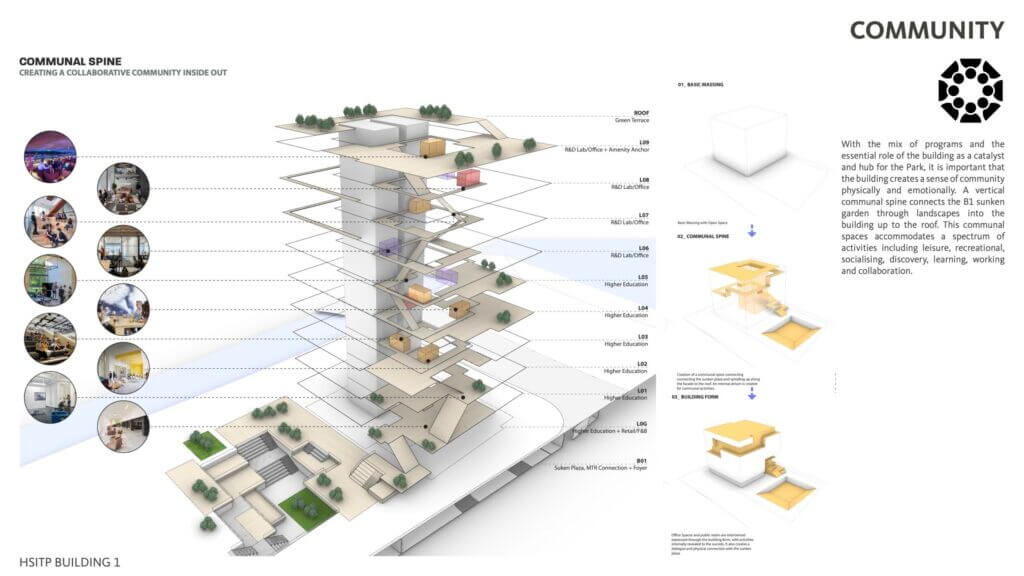
For example, a startup doing R&D on robotics could draw inspiration from people watching in the central atrium — people’s movement, gesture, expression and their manner of interaction when bumping into each other. These behavioural cues could later be translated into their robotics development or used to refine their products. This added bonus of public space interiorisation or office space externalisation, whatever you call it, boils down to the spontaneous encounter and interaction at any moment when people crisscross each other.
“Design thinking” is a methodology adopted by designers to find solutions that can bring about the best results. The design thinking approach is different from that in interior design in that the former is human-centric and solution-based rather than usage- and look-oriented. A thought-out workplace design is associated with enhanced productivity, quality and creativity, which are sought-after components entailed for innovation and technology R&D. As such, we can hope the building design in the HSITP will spark a surge of technology “light bulbs” and help cement the Greater Bay Area cachet as a glittering innovation and technology centre.

About the Author:
Wang Yuke is a senior reporter with the China Daily Hong Kong. She joined the newspaper in 2014 and covers a range of topics including education, health, environment, science, and technology. She is keen about social issues closely tied to people’s wellbeing. She can be reached at [email protected].



